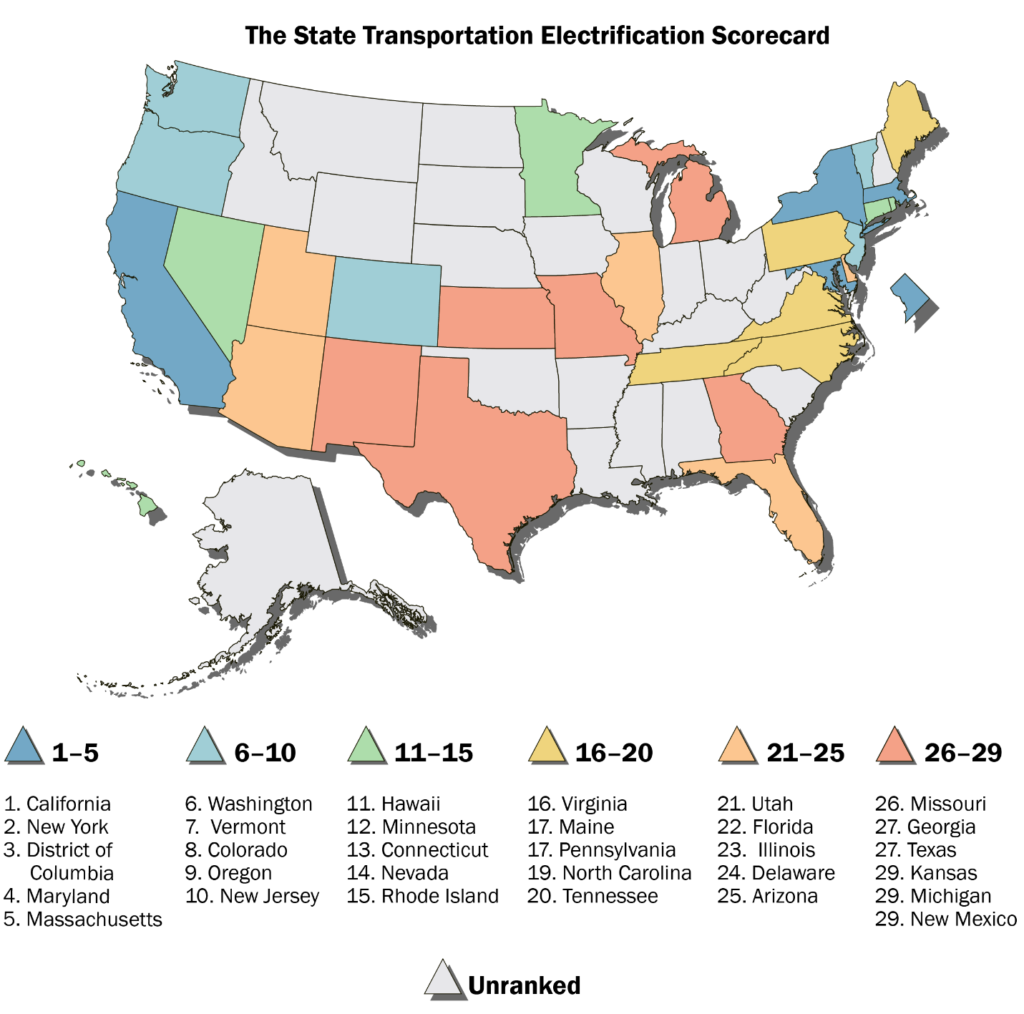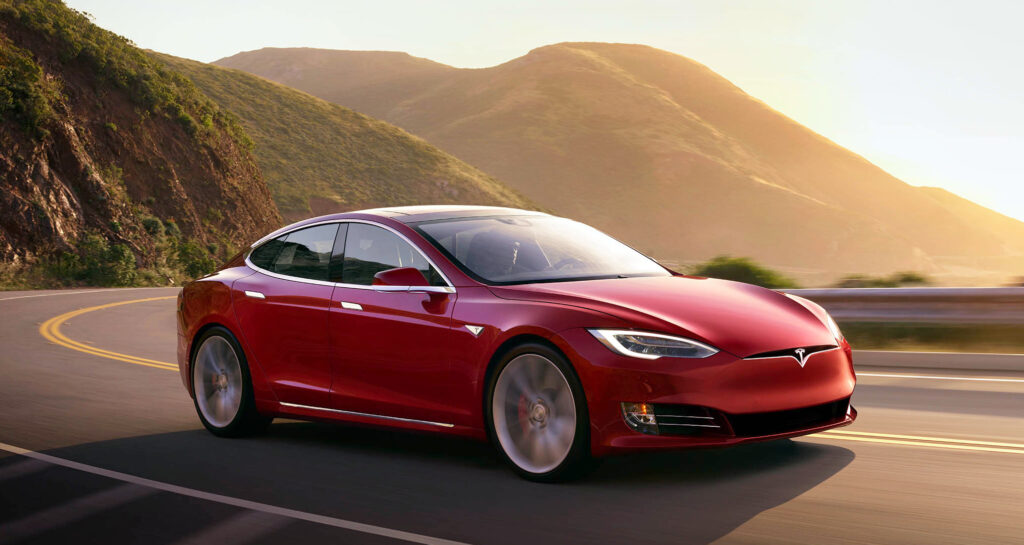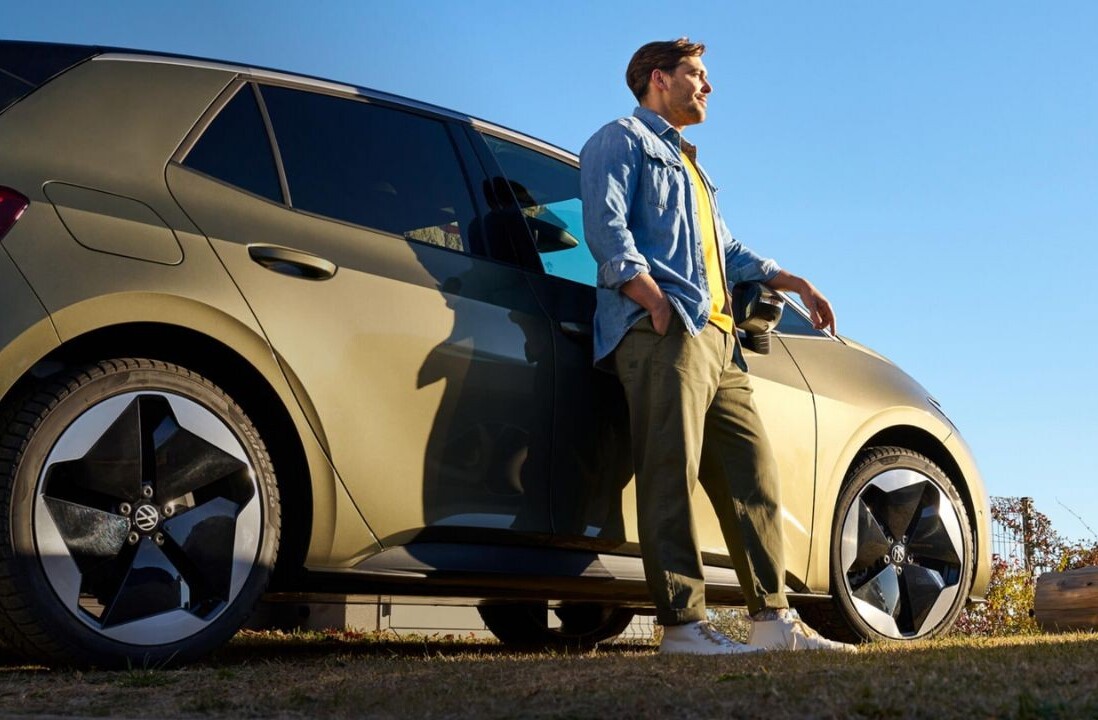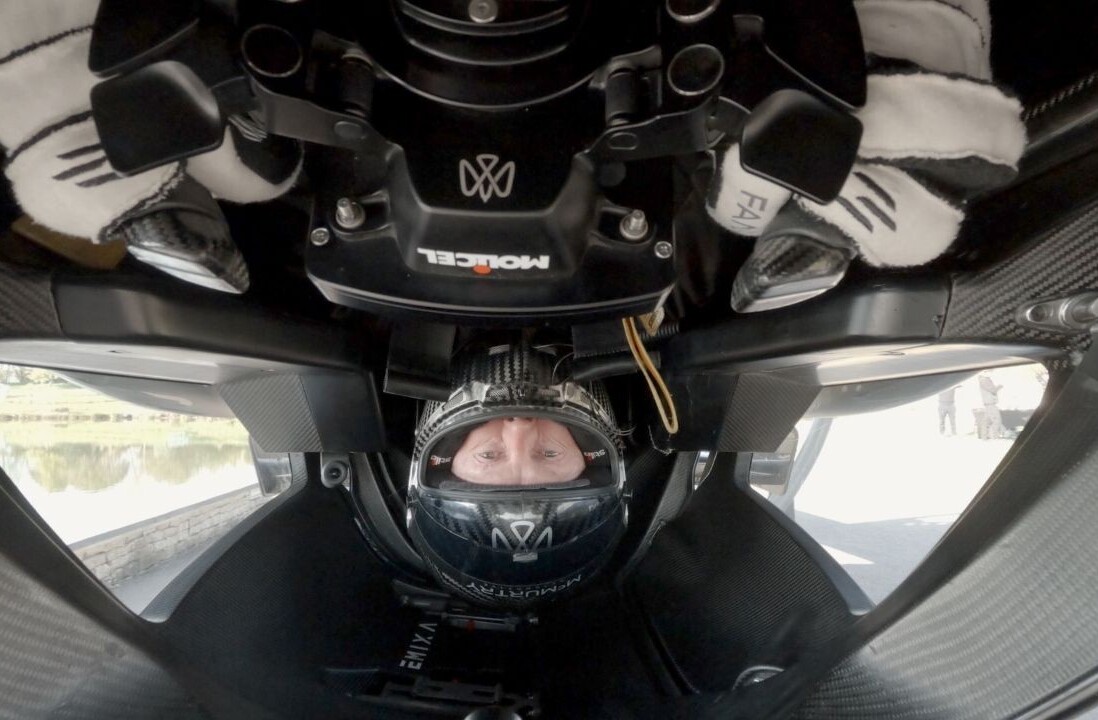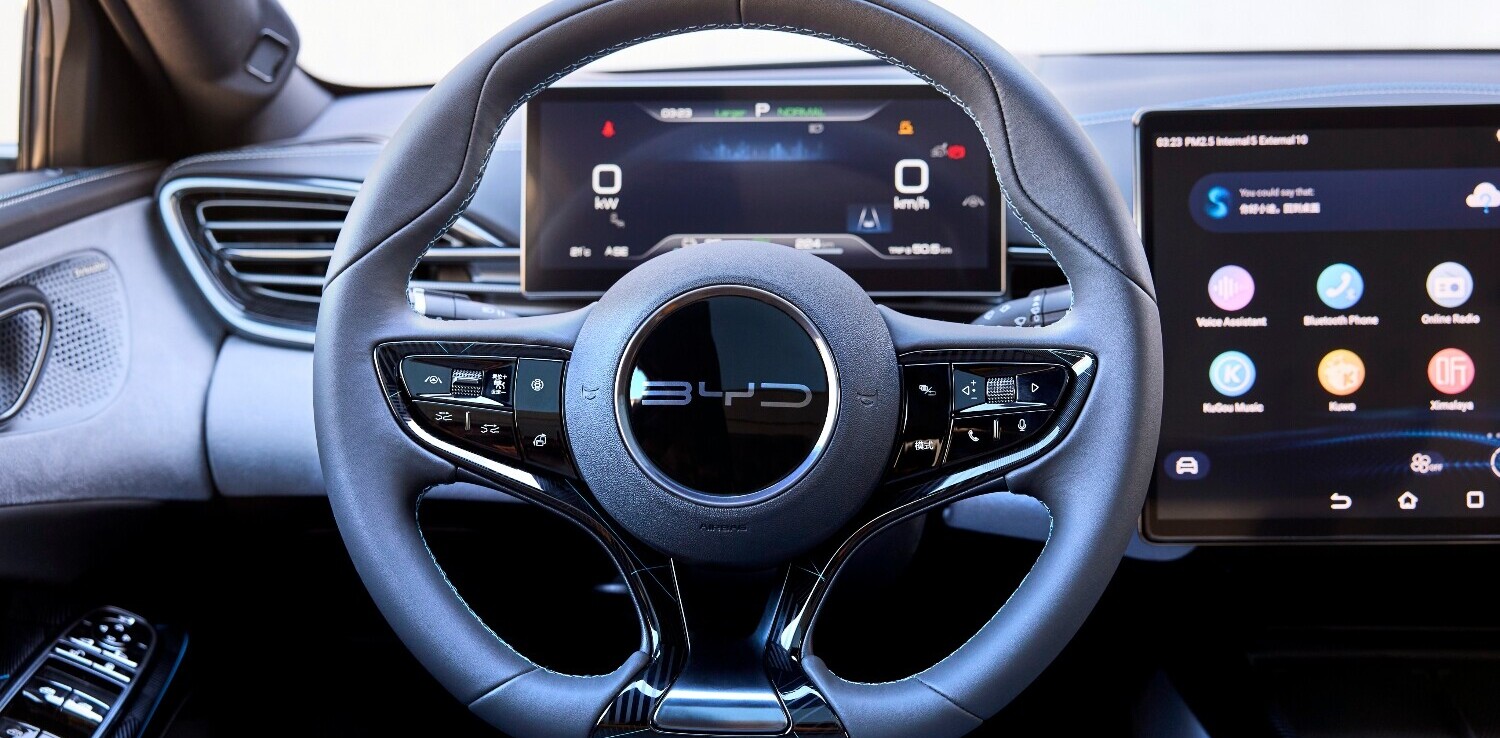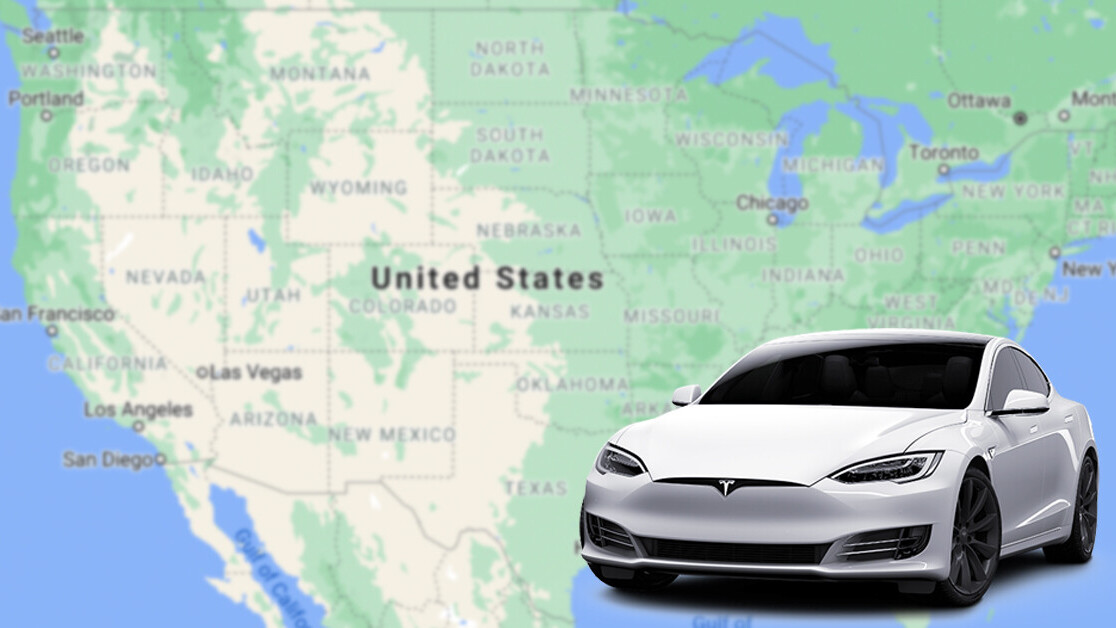
This article was originally published by Michael Coates on Clean Fleet Report, a publication that gives its readers the information they need to move to cars and trucks with best fuel economy, including electric cars, fuel cells, plug-in hybrids, hybrids and advanced diesel and gasoline engines.
If you’ve ever wondered where it’s easier to own an electric vehicle, a non-profit organization just published a chart that will give you the latest state rankings. The nonprofit and nonpartisan American Council for an Energy-Efficient Economy (ACEEE) this week released the State Transportation Electrification Scorecard that grades U.S. states on their progress in enabling residents and businesses to use and charge electric vehicles.
The Scorecard found California the clear leader among states, scoring 91 or 100 possible points. Rounding out the Top 10 were New York (63.5 points), Washington, D.C. (59), Maryland (56), Massachusetts (54.5), Washington (54), Vermont (54), Colorado (48), Oregon (47), and New Jersey (44). Several states (20) didn’t do as well, tallying 15 points or fewer.
The key attributes (a total of 40 were scored) measured in the ranking were:
- Planning for more EVs and EV charging options,
- Incentives such as rebates, tax credits, and grants to electric commercial vehicles,
- Using federal funds to buy electric transit buses,
- Offering utility programs with lower electric charging rates at preferred times, and
- Utility funding to spur EV and EV charging adoption in low-income areas and environmental justice communities, places that have suffered disproportionately from environmental damage.
“Transitioning to electric vehicles is vital for the climate and for reducing costs for households and businesses,” said Bryan Howard, state policy director at ACEEE and lead report author. “The leading states are embracing this transition, but many more are just starting, even as the automakers are preparing a burst of new electric models.”
[Read: ]
Policies that move EVs
ACEEE pinpointed three policies that it felt are likely to have the greatest impact to spur adoption of EVs:
- Zero-emission vehicle (ZEV) mandates and EV deployment targets,
- Financial incentives for vehicle purchases, and
- Incentives for installing vehicle chargers.
The report’s authors also noted that there was plenty of room for improvement in most states. It noted that 12 states have adopted California’s ZEV mandate for the sales of EVs and many offered tax credits or rebates to encourage EV purchases. Some had non-financial incentives such as solo driver access to high-occupancy vehicle (HOV) lanes.
For states not near the top of the Scorecard, the report recommends a series of foundational steps to become more EV-friendly. States should begin by initiating comprehensive planning efforts with specific goals, benchmark progress, collect data and incorporate carve-outs or added funding for low-income, economically distressed or environmental justice communities.
Regional leaders
While no one could touch California out West, each region in the country had its own leaders. New York, which finished second overall, was the leader in the Northeast, based on its strong incentives and state and utility support for charging infrastructure. The state has also targeted a significant portion of its investments to benefit lower-socioeconomic and disadvantaged communities.
Washington, D.C., and Virginia both scored well in the Southeast. Both have made strong investments in vehicle and charging incentives. In the Midwest, Minnesota was the top scorer. While supporting building charging infrastructure, the state also is posed to adopt California’s ZEV regulation. In the Mountain West, Colorado had the highest score. It had the goal of putting 940,000 EVs on its roadways by 2030 and is investing heavily in EV charging infrastructure.
Information for the Scorecard was collected from centralized databases/information sources, internet research and feedback from subject-matter experts and state contacts during an external review process.
ACEEE noted that transportation is the largest source of greenhouse gas (GHG) emissions in the U.S. Electric cars, buses and trucks reduce GHGs as well as local air pollution.
You can follow Clean Fleet Report on Twitter and Facebook.


SHIFT is brought to you by Polestar. It’s time to accelerate the shift to sustainable mobility. That is why Polestar combines electric driving with cutting-edge design and thrilling performance. Find out how.
Get the TNW newsletter
Get the most important tech news in your inbox each week.
